‘Night Parade of 100 Demons’, When Monsters Come to Town
These prints are the work of Kyosai Kawanabe, a protean artist who drew inspiration from frightening Japanese legends.
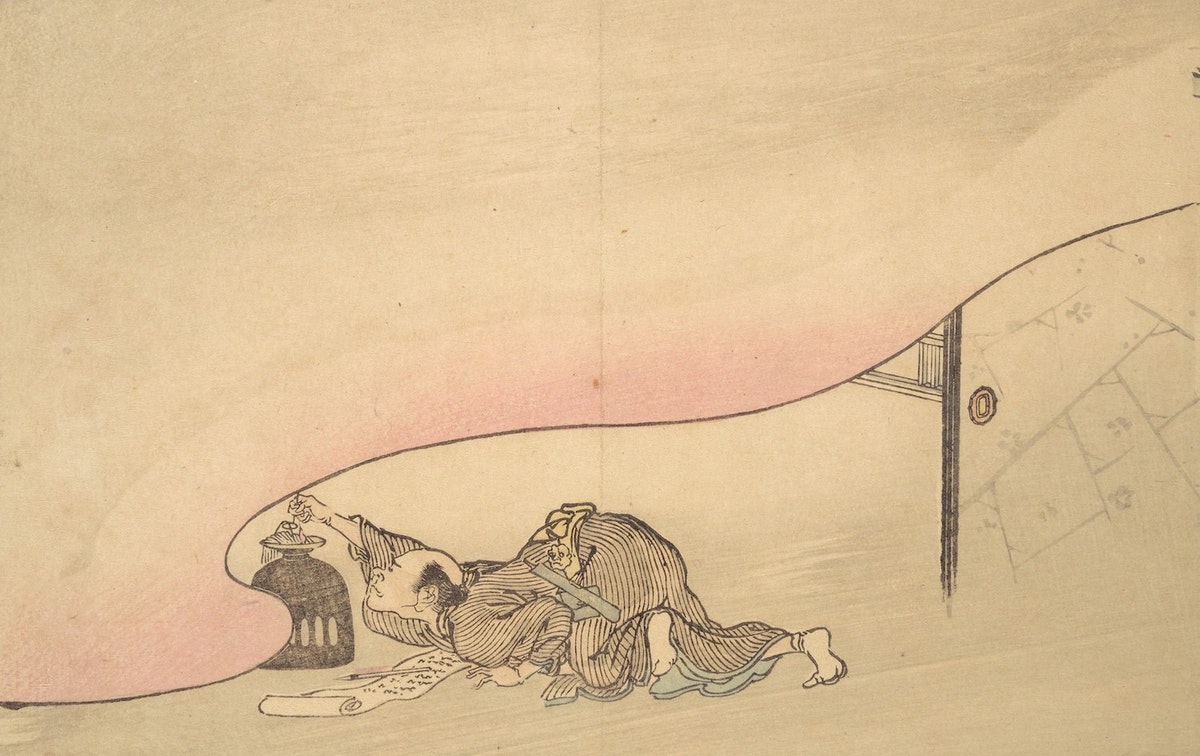
© Kyosai Kawanabe / Public Domain
Skeletal soldiers, Buddhist ritual instruments transformed into monsters, dragons, and fantastical beasts… a vast number of yokai, demons from Japanese folklore, appear in procession in these prints, comprising the Night Parade of 100 Demons, or Hyakki Yako in Japanese. This creation that dates back to 1890, a product of Kyosai Kawanabe’s imagination, is described by the Metropolitan Museum of Art (MET) in New York as ‘a spectacular visual encyclopaedia of supernatural creatures from premodern Japanese folklore.’
Kyosai Kawanabe was born in Koga, north of Tokyo, in 1831. The son of a samurai, he was first taught art at the age of seven, by ukiyo-e master Kuniyoshi Utagawa, with a preference for sketching from models. When he reached the age of eleven, he attended the Kano school and was taught by Towa Maemura, who nicknamed him ‘the painting demon.’ He gradually moved away from this school, preferring the freedom offered by popular art over the school’s classic approach, and adopted a more comical, satirical style. Kyosai Kawanabe is also known for having been the first caricaturist in Japan, using this art to affirm his commitment to freedom of expression, which led to him being arrested several times by the shogunate. He was also one of the authors for the first manga magazine in history, Eshunbun Nipponchi, although the publication only lasted for three issues.
From the Edo period to Studio Ghibli
His Night Parade of 100 Demons is inspired by the belief that every year yokai invade the streets and lanes of villages on summer evenings, forcing the residents to shut themselves away in their homes. The first illustrations in the series, compiled in a woodblock-print book, depict these very residents. They are first seen gathered around a fire, seemingly listening to ghost stories, then a calligrapher rests his quill on an oil lamp, plunging the house into darkness, before the demons appear.
The work of Kyosai Kawanabe, who lived through both the Edo and Meiji periods, making him a keen observer of Japanese society’s transition from feudalism to modernity, is displayed at the British Museum in London and the Musée Guimet à Paris. Night Parade of 100 Demons continues to permeate Japanese popular culture, as demonstrated in Pompoko, the animated film by Studio Ghibli in which the night parade, made up exclusively of tanuki, is shown on screen.
Some of Kyosai Kawanabe’s work can be viewed on the British Museum website.
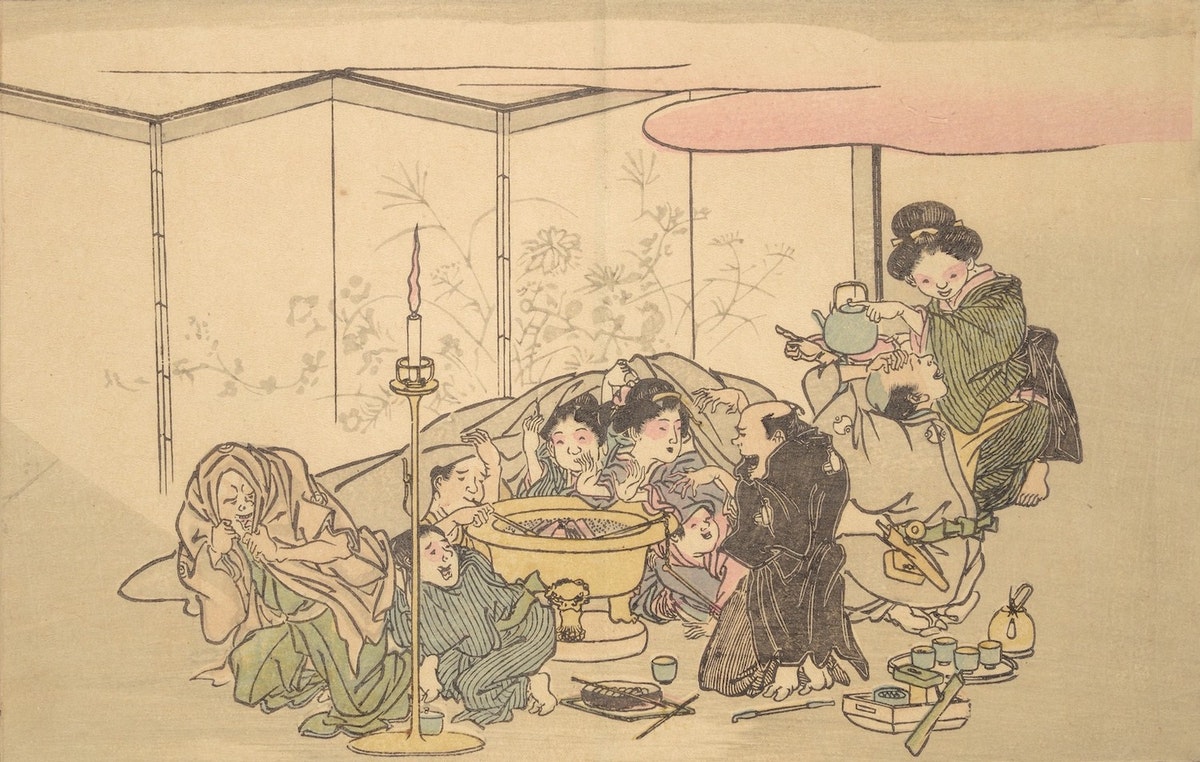
© Kyosai Kawanabe / Public Domain
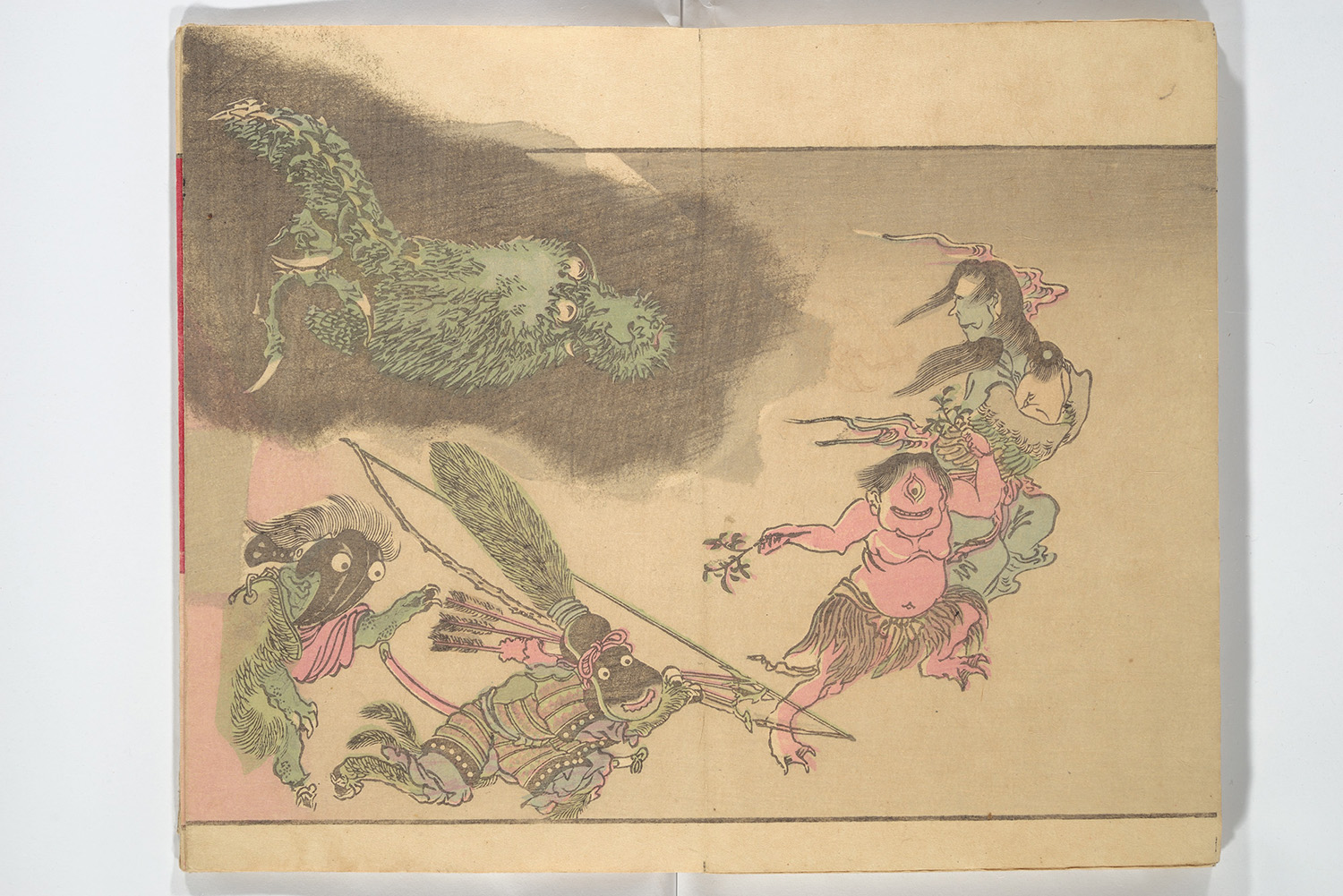
© Kyosai Kawanabe / Public Domain
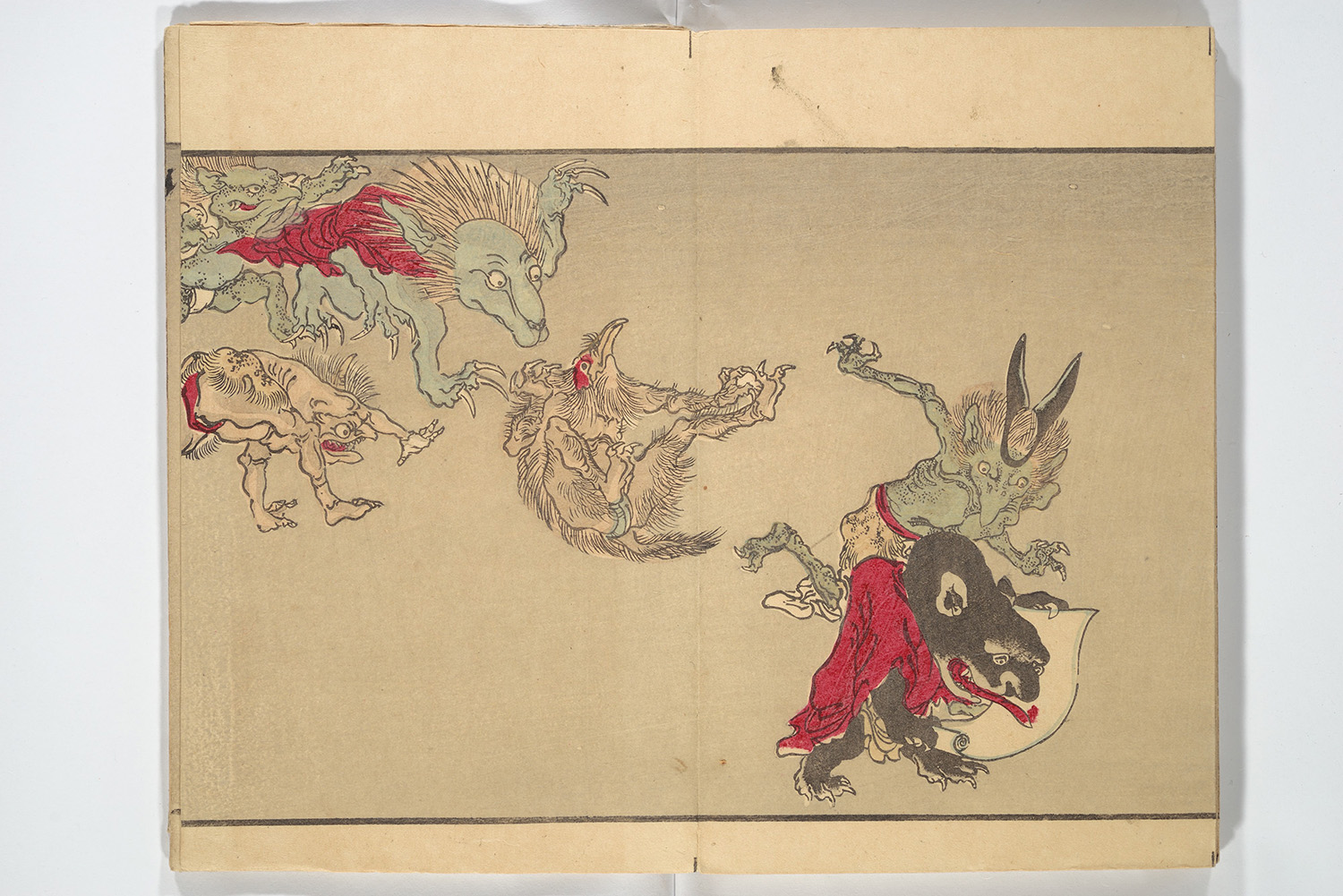
© Kyosai Kawanabe / Public Domain

© Kyosai Kawanabe / Public Domain
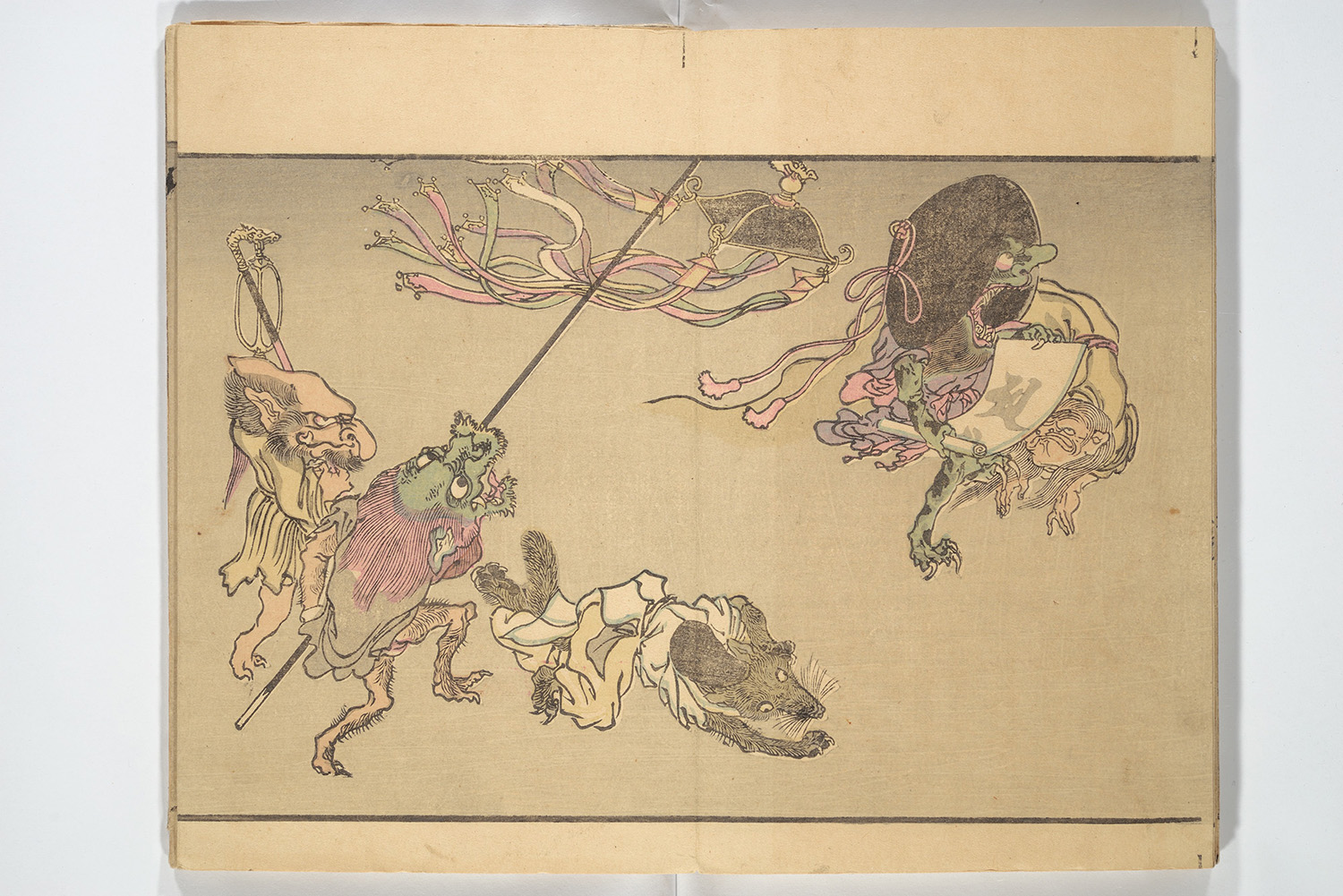
© Kyosai Kawanabe / Public Domain
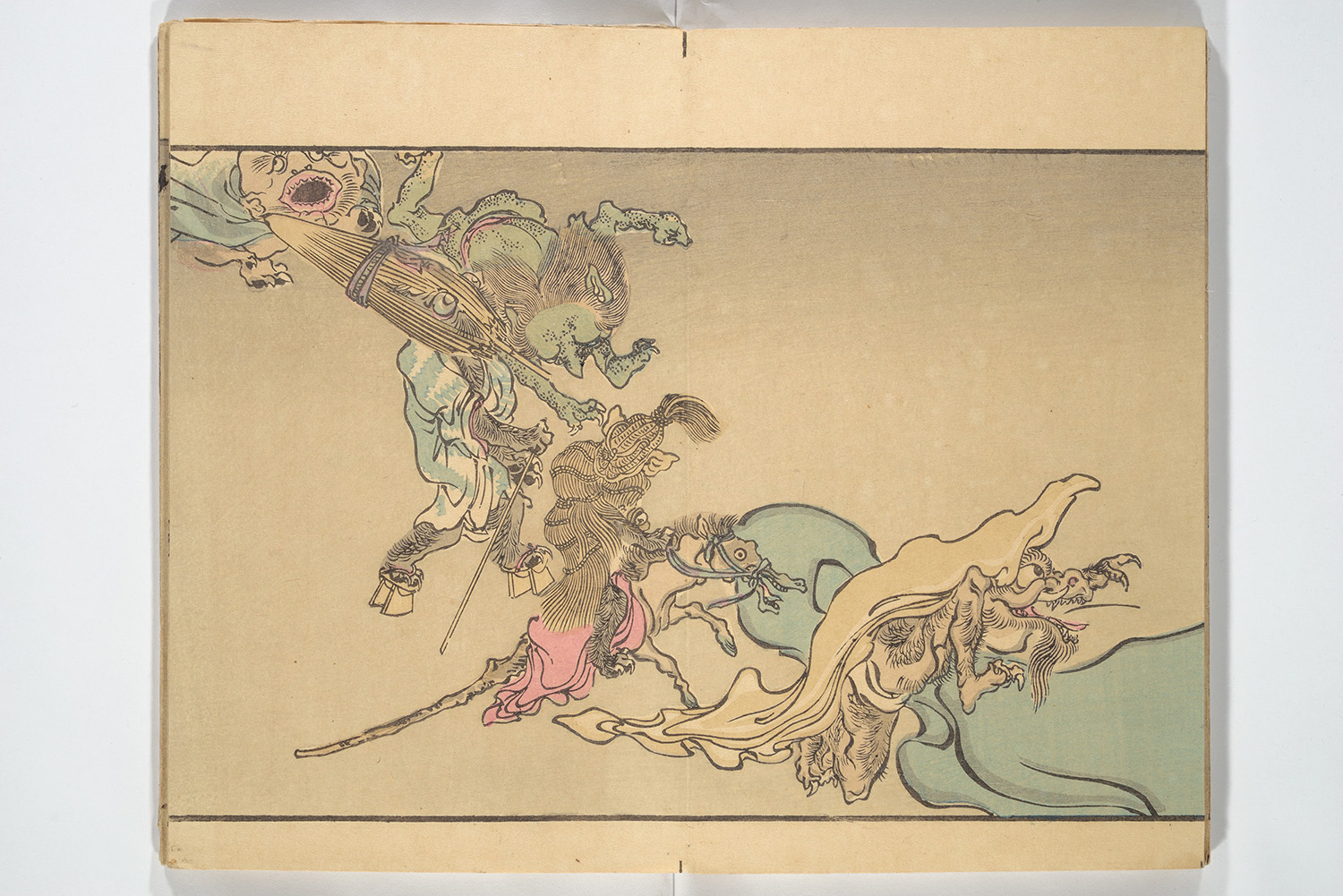
© Kyosai Kawanabe / Public Domain
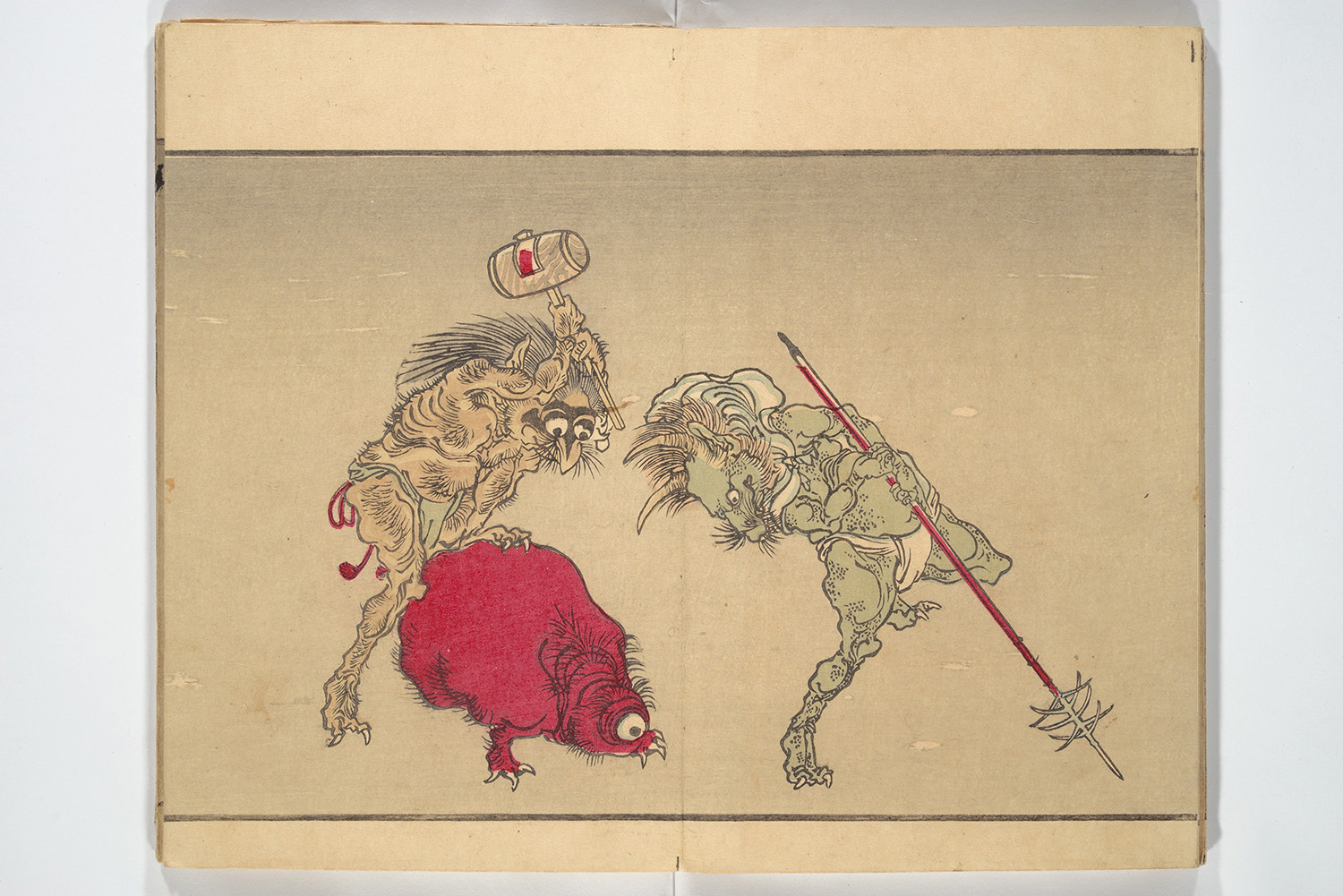
© Kyosai Kawanabe / Public Domain
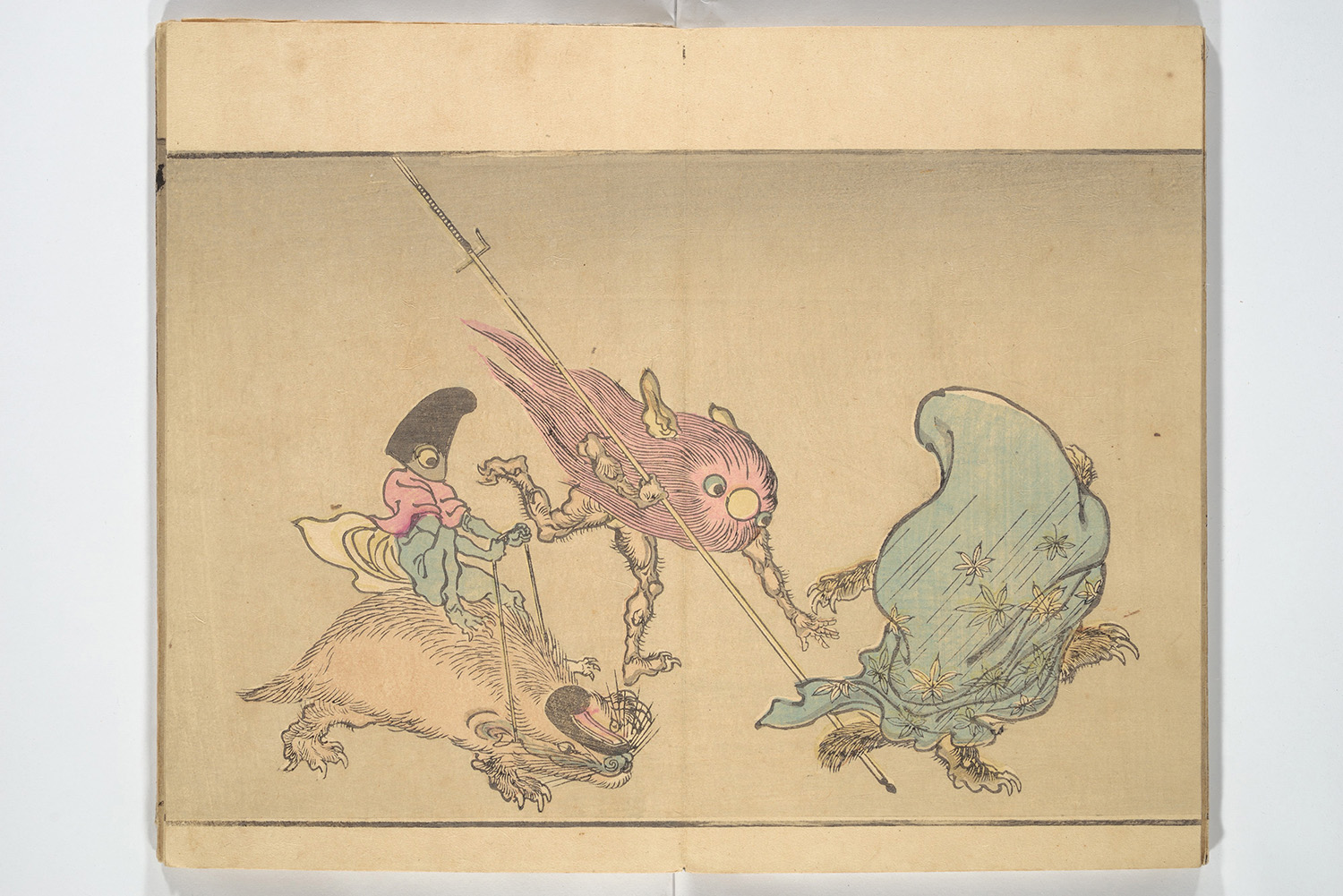
© Kyosai Kawanabe / Public Domain
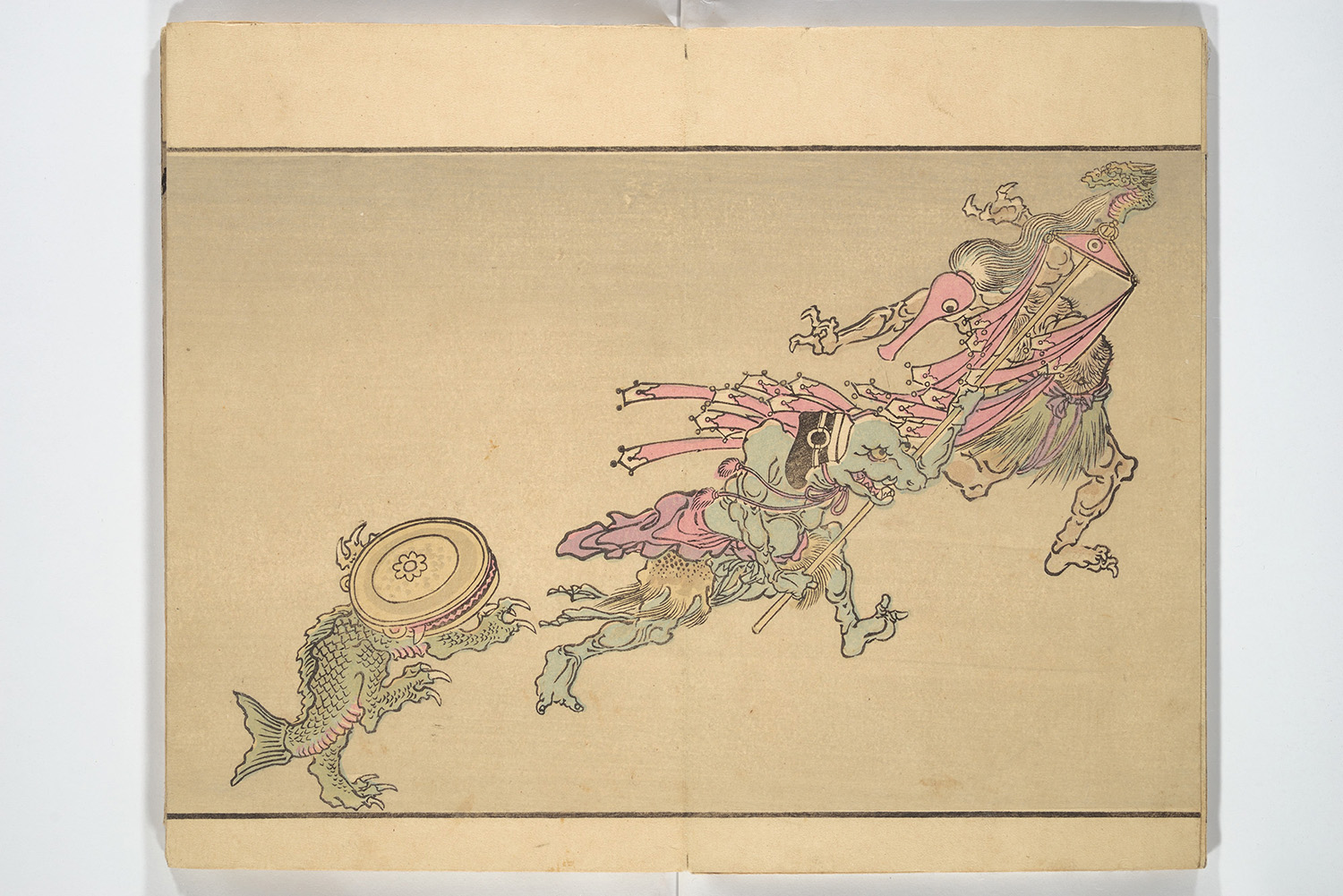
© Kyosai Kawanabe / Public Domain
TRENDING
-
The Tattoos that Marked the Criminals of the Edo Period
Traditional tattoos were strong signifiers; murderers had head tattoos, while theft might result in an arm tattoo.

-
Chiharu Shiota, Red Threads of the Soul
Last year, more than 660,000 people visited the retrospective 'Chiharu Shiota: The Soul Trembles' exhibit at the Mori Art Museum.

-
‘Before Doubting Others, Doubt Yourself. Who Can Truly Say a Dish Isn’t What It Used to Be?’
In ‘A Non-Conformist’s Guide to Surviving Society’, author Satoshi Ogawa shares his strategies for navigating everyday life.

-
The Story of Sada Yacco, the Geisha who Bewitched Europe
Described by Dazed magazine as the first beauty influencer, she has been restored to her former glory since 2019.

-
Ito Jakuchu's Naturalist Paintings
From 15 September until 14 October 2018, the Petit Palais showcased the artist's iconic ‘Images of the Colourful Realm of Living Beings’.





